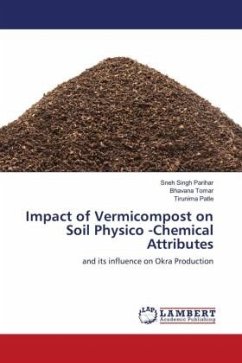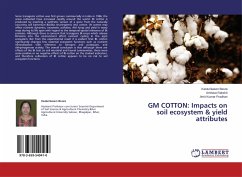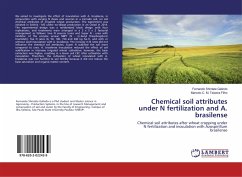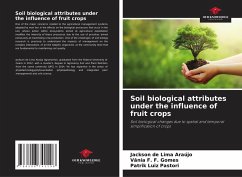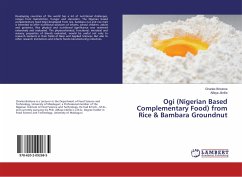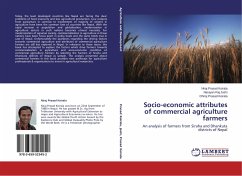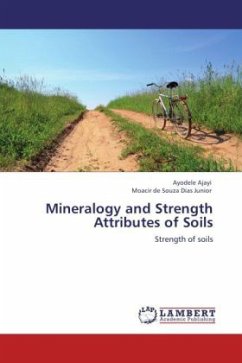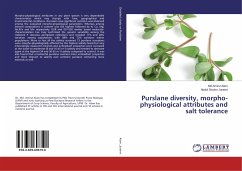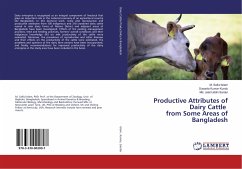
Soil preparation of influence on physical attributes
Versandkostenfrei!
Versandfertig in 6-10 Tagen
27,99 €
inkl. MwSt.

PAYBACK Punkte
14 °P sammeln!
The objective of this work was to evaluate the influence of different soil tillage on the physical attributes and yield of irrigated wheat in the region of Tangará da Serra-MT. The experimental design was randomized blocks in split plots, with eight replications, being considered as plot: three types of tillage (conventional tillage with two harrows (one heavy and one light), minimum tillage with a light harrowing and sowing). and as a subplot: two soil layers (0 to 0.10 m and 0.10 to 0.20 m) and two seasons, at 42 and 97 days after wheat sowing. macro and microporosity, total porosity, densi...
The objective of this work was to evaluate the influence of different soil tillage on the physical attributes and yield of irrigated wheat in the region of Tangará da Serra-MT. The experimental design was randomized blocks in split plots, with eight replications, being considered as plot: three types of tillage (conventional tillage with two harrows (one heavy and one light), minimum tillage with a light harrowing and sowing). and as a subplot: two soil layers (0 to 0.10 m and 0.10 to 0.20 m) and two seasons, at 42 and 97 days after wheat sowing. macro and microporosity, total porosity, density, soil penetration resistance, weighted average diameter and geometric mean diameter.The yield of wheat crop was also evaluated.The minimum and conventional tillage promoted an increase in macroporosity at 42 days after wheat sowing. when compared to direct sowing At 97 days after sowing the effects of harrowing were no longer verified and the microporosity remained different in the two studied layers. From 0.10 to 0.20 m the soil turnover provided higher macroporosity, total porosity and lower microporosity at 42 days, due to the action of the disk harrow.



